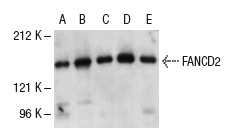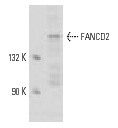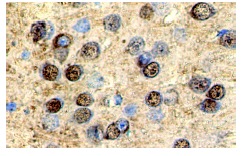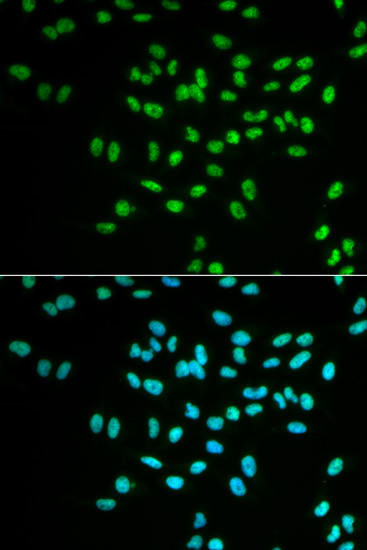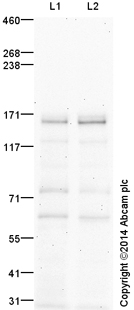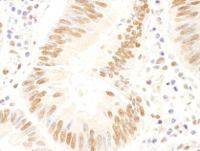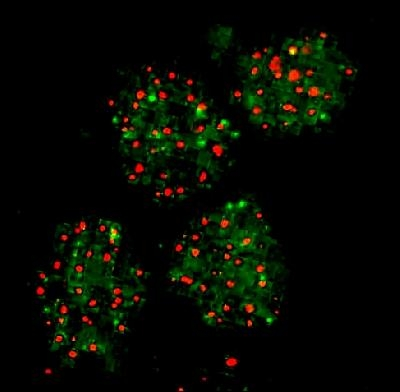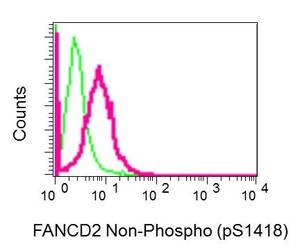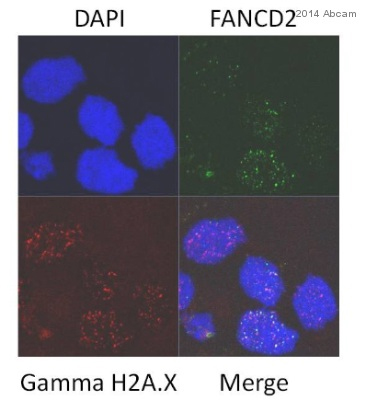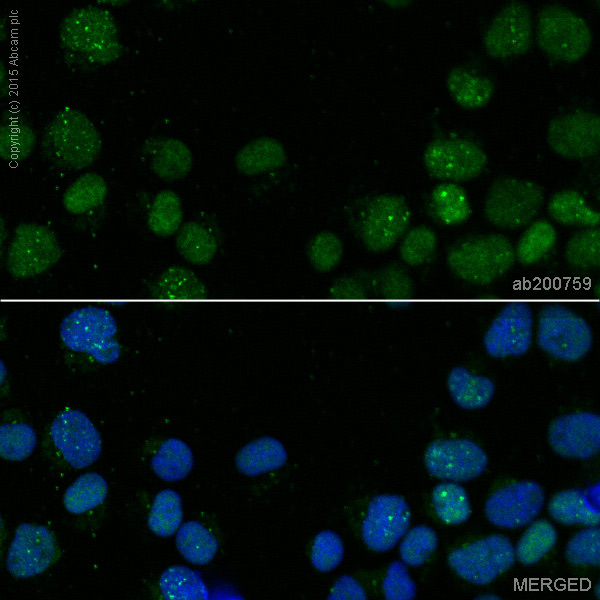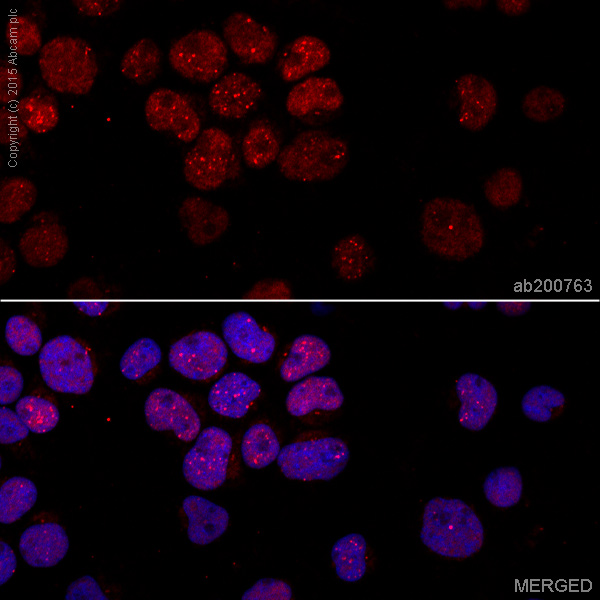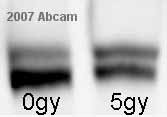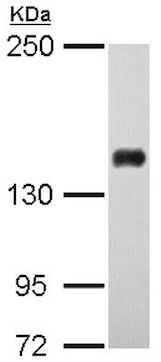| Gene Symbol |
FANCD2
|
| Entrez Gene |
2177
|
| Alt Symbol |
FA-D2, FA4, FACD, FAD, FAD2, FANCD
|
| Species |
Human
|
| Gene Type |
protein-coding
|
| Description |
Fanconi anemia, complementation group D2
|
| Other Description |
Fanconi anemia group D2 protein
|
| Swissprots |
Q2LA86 Q69YP9 Q9BXW9 Q9H9T9 Q6PJN7 Q9BQ06
|
| Accessions |
AAK18772 AAK18773 ABC67466 EAW64055 EAW64056 EAW64057 EAW64058 Q9BXW9 AF230336 AAL05980 AF340183 AAK15369 AK022613 BAB14132 AK074406 AK307512 AL832427 CAH10647 BC013582 AAH13582 BC038666 BC156799 AAI56800 BU617044 BX956311 XM_005264946 XP_005265003 XM_005264947 XP_005265004 XM_006713021 XP_006713084 XM_006713023 XP_006713086 XM_006713024 XP_006713087 XM_011533479 XP_011531781 XM_011533480 XP_011531782 XR_940391 NM_001018115 NP_001018125 NM_033084 NP_149075
|
| Function |
Required for maintenance of chromosomal stability. Promotes accurate and efficient pairing of homologs during meiosis. Involved in the repair of DNA double-strand breaks, both by homologous recombination and single-strand annealing. May participate in S phase and G2 phase checkpoint activation upon DNA damage. Plays a role in preventing breakage and loss of missegregating chromatin at the end of cell division, particularly after replication stress. Required for the targeting, or stabilization, of BLM to non-centromeric abnormal structures induced by replicative stress. Promotes BRCA2/FANCD1 loading onto damaged chromatin. May also be involved in B-cell immunoglobulin isotype switching. {ECO:0000269|PubMed:11239453, ECO:0000269|PubMed:11239454, ECO:0000269|PubMed:12086603, ECO:0000269|PubMed:12239151, ECO:0000269|PubMed:14517836, ECO:0000269|PubMed:15115758, ECO:0000269|PubMed:15314022, ECO:0000269|PubMed:15377654, ECO:0000269|PubMed:15454491, ECO:0000269|PubMed:15650050, ECO:0000269|Pu
|
| Subcellular Location |
Nucleus {ECO:0000269|PubMed:11239454, ECO:0000269|PubMed:12093742, ECO:0000269|PubMed:19465921, ECO:0000269|PubMed:19465922}. Note=Concentrates in nuclear foci during S phase and upon genotoxic stress. At the onset of mitosis, excluded from chromosomes and diffuses into the cytoplasm, returning to the nucleus at the end of cell division. Observed in a few spots localized in pairs on the sister chromatids of mitotic chromosome arms and not centromeres, one on each chromatids. These foci coincide with common fragile sites and could be sites of replication fork stalling. The foci are frequently interlinked through BLM-associated ultra-fine DNA bridges. Following aphidicolin treatment, targets chromatid gaps and breaks.
|
| Tissue Specificity |
Highly expressed in germinal center cells of the spleen, tonsil, and reactive lymph nodes, and in the proliferating basal layer of squamous epithelium of tonsil, esophagus, oropharynx, larynx and cervix. Expressed in cytotrophoblastic cells of the placenta and exocrine cells of the pancreas (at protein level). Highly expressed in testis, where expression is restricted to maturing spermatocytes. {ECO:0000269|PubMed:11239453, ECO:0000269|PubMed:14517836, ECO:0000269|PubMed:15454491}.
|
| Top Pathways |
Fanconi anemia pathway
|
